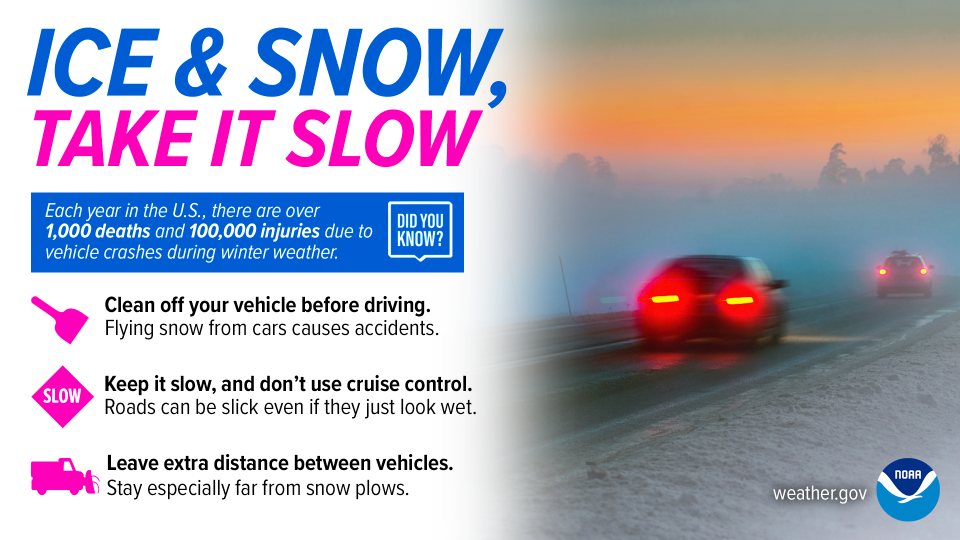Tips and tricks on how to prepare your car for the cold Bucks County winter ahead
'Tis the season for dead batteries, frozen car locks and deflated tires caused by the drop in temperatures.
Luckily, there are steps drivers can take to avoid the common car issues that come with driving in Bucks County in the fall and winter months.
Here's what you can do to stay safe and protect your ride.
Protecting your car, passengers, during the coming cold-weather months
There is a litany of car issues that can pop up in cold weather, some serious enough to disable a vehicle.
The American Automobile Association, or AAA, has tips to ensure your vehicle is in top working condition this fall and winter:
Battery: AAA recommends drivers check battery terminals and cable ends to make sure corosion hasn't built up and and that battery connections are tight. AAA also suggests that drivers have their battery and charging system tested by a technician, because a fully-charged battery in good condition is neccessary to start an engine in cold weather.
Brakes: The brake system, including discs and rotors, should be inspected, ideally before the cold weather really sets in.
Coolant levels: Drivers should check the levels of their coolant levels, and AAA suggests that If the level is low, add a 50/50 solution of coolant and water to maintain the vehicles' antifreeze capability.
Drive belts: Drivers should Inspect the underside of drive belts for wear. AAA notes that newer belts are made of materials that do not show obvious signs of wear, and that as a rule, drivers should replace these belts at 60,000-mile intervals.
Ranking Corvette's new e-car: The world’s best sports car? AWD & electric power put 2024 Corvette E-Ray in the picture
Engine hoses: Drivers should check their car's cooling system hoses for damage and loose clamps. Tip: squeeze the hoses and replace any that are brittle or have an excessively spongy feeling.
Tires: AAA recommends motorists replace any tire that has less than 3/32-inches of tread. AAA also warns that tire air pressure drops in cold temperatures, and encourages the daily habit of checking tire pressure, especially if your car isn't equipped with an automatic tire pressure sensor.
AAA published these and other tips in a cold-weather driving checklist to help motorists.
Additionally, Kelly Blue Book suggests drivers also change the wiper blades on their cars, and to check their vehicles' AWD or 4WD transmission.
Auto 101: how to jump-start a car: How to jump start a car: How to use jumper cables to get your vehicle up and running
Defogging your windshield using silica, other hacks
There are all sorts of other tricks and hacks to winterize a vehicle. As with most tips, your milage may vary.
Silica — the packs that come in packages of new clothing, electronics and footwear — works as a great in-car defogger. Take a few of those pack and place them in the front window vent to cut down on the time it takes to defog your windows.
In a jam, one could also use shaving cream to do the trick:

This article originally appeared on Bucks County Courier Times: Tips and tricks to winterize your car for the cold Bucks County roads

